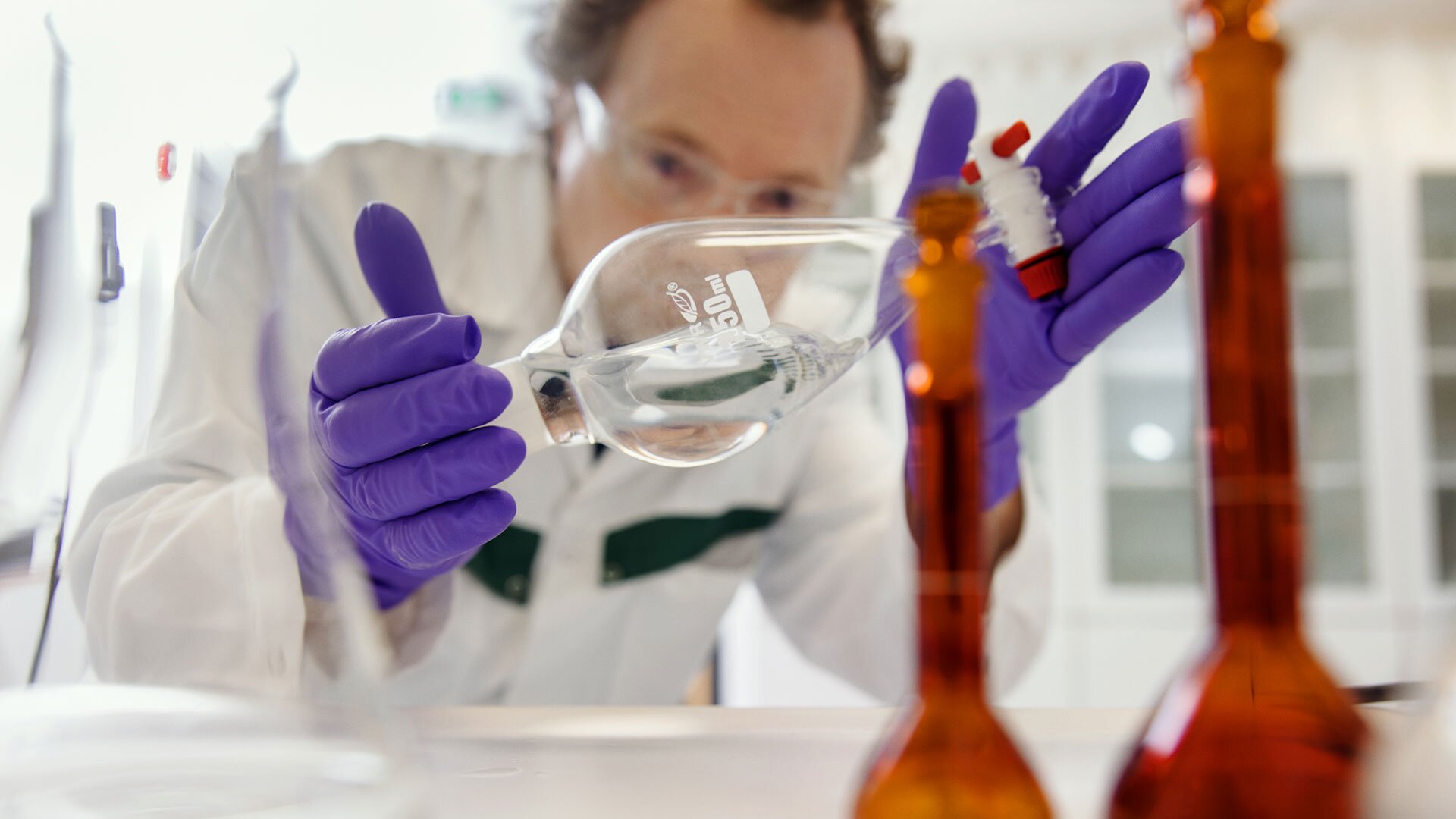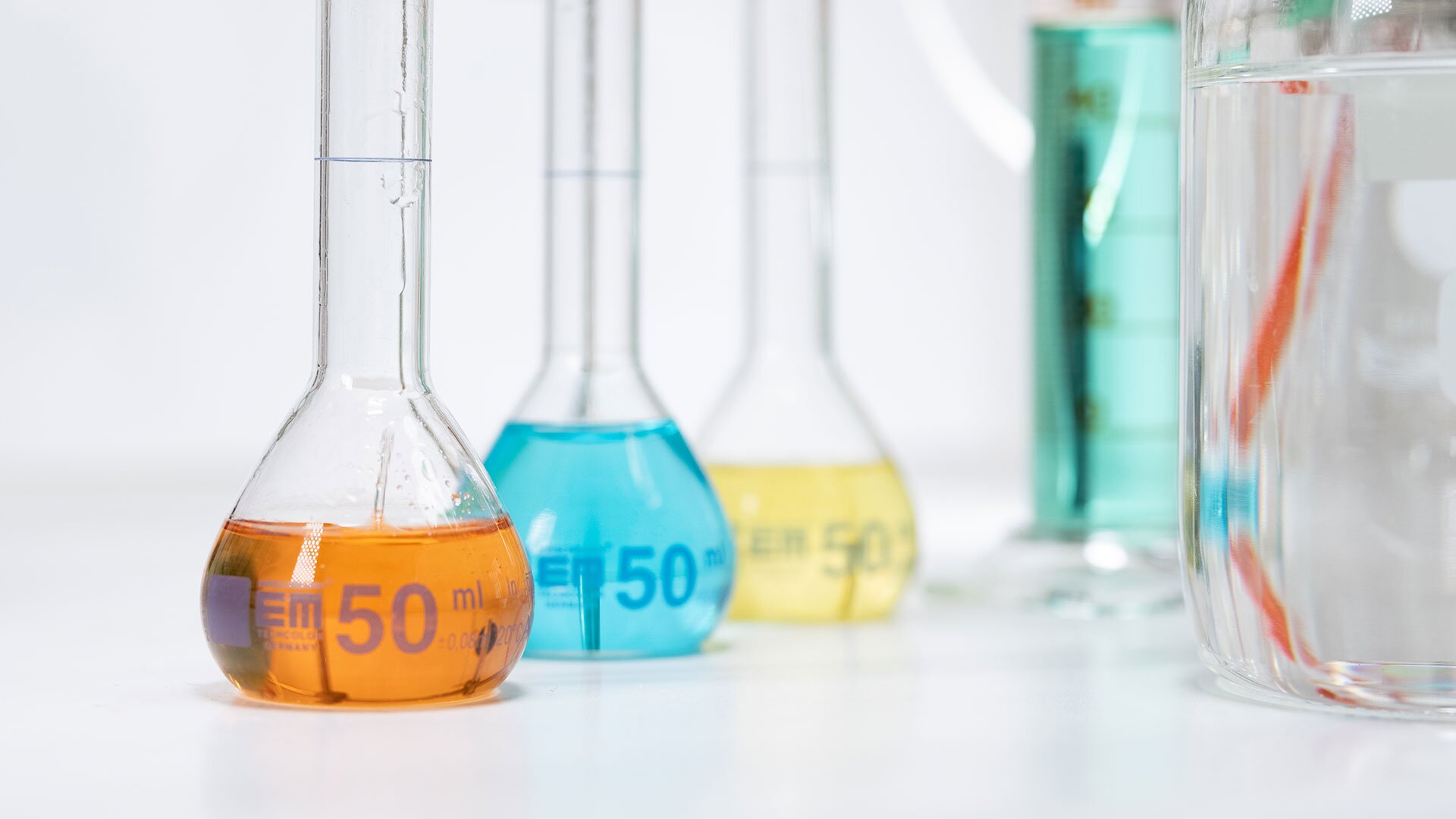Since 2019, the serialisation of prescription drugs has improved drug safety in most European countries. Serialisation eliminates counterfeits, because all drugs are included in a Europe-wide assurance system.
“Serialisation considerably improves patient safety,” says Mikko Parhio, Serialisation Expert at Orion.
“Prescription drug packets are equipped with markings that enable each packet to be identified as a legal drug product at any stage of the pharmaceutical chain. In practice, this means providing each packet with a unique identifier.”
Patient safety comes first – each drug can be traced back to its origin
When you buy prescription drugs, serialisation enables you to trust that you are buying a genuine product and not a counterfeit. Each drug can be traced back to its original production line during the manufacture, packaging and transport stages, as well as all the way to the pharmacy and the customer’s shopping basket.
“This greatly improves patient safety and the transparency of the pharmaceutical chain. Each drug has a unique serial number and a product code, both of which are controlled throughout the pharmaceutical chain. If the system issues an alarm, the pharmaceutical operator must check to see what is wrong.”
So far, no counterfeit drugs have been detected in Finland. However, a Europe-wide serialisation system is such a complex, demanding new system that checks have been performed to ensure that a product is a genuine prescription drug.
“This has always been so. The system has issued alarms for innocent reasons: for example, there are cases where someone in the pharmaceutical chain has simply forgotten to enter the serial number of a drug packet into the serialisation system.”
The packet must remain properly closed until purchase
How can the end users of prescription drugs – that is, every one of us – ensure that a product is a genuine prescription drug? Mikko Parhio has a good tip to share:
“One of the requirements of serialisation is that each prescription drug packet must be closed in the production stage – and it must remain securely closed until the customer opens the packet after having purchased it from a pharmacy.”
Drugs manufactured by Orion are closed either by gluing or by placing plastic closure stickers at both ends.
“In other words, when you purchase prescription drugs in a pharmacy, you can check to ensure that they are genuine. If the packet has been opened, immediately inform the pharmacist about this, and don’t purchase the product.”











